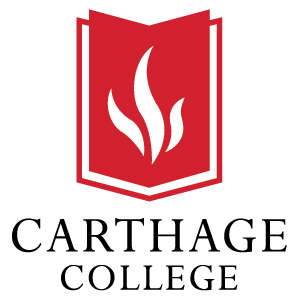Below is a summary of the abstract you submitted. Presenting author(s) is shown in bold.
If any changes need to be made, you can modify the abstract or change the authors.
You can also download a .docx version of this abstract.
If there are any problems, please email Dan at dar78@pitt.edu and he'll take care of them!
This abstract was last modified on May 2, 2018 at 12:38 p.m..

At Carthage College, 90 bacteriophages were isolated in 2017 using the hosts Mycobacterium smegmatis mc2155 and Gordonia terrae 3612, over 40 of which infect the bacterial host Gordonia terrae. In continuing research, four phages were annotated: KidneyBean (cluster CR2), WhoseManz (cluster CR4), SpikeBT (cluster A1), and GreaseLightnin (cluster P1). Greaselightnin and SpikeBT are temperate mycobacteriophage isolated on Mycobacterium smegmatis, while WhoseManz and KidneyBean are lytic phage isolated on Gordonia terrae. Both of the Gordonia phages lack an integrase gene and are considered to be lytic; however, KidneyBean has a halo plaque morphology with a clear center and a large turbid exterior. Both phages have Siphoviridae morphology, with long, flexible, non-contractile tails. After sequencing and annotation, WhoseManz was found to be in cluster CR4, a cluster with only four members, none of which have yet been submitted to GenBank. Interestingly, WhoseManz was found to have two orphams, one near the beginning and one near the end of the genome. In performing further bioinformatic analysis, we are focusing on Gordonia phages, especially the CR2 and CR4 clusters, which contain KidneyBean and WhoseManz, respectively. This research spans topics from doing whole genome comparisons to focusing on specific genes of interest or regions of interest such as repeated DNA sequences. There is relatively little data available thus far on Gordonia phages; therefore, our research will boost our understanding of Gordonia phages, especially KidneyBean, WhoseManz, and their fellow CR2 and CR4 bacteriophages.


